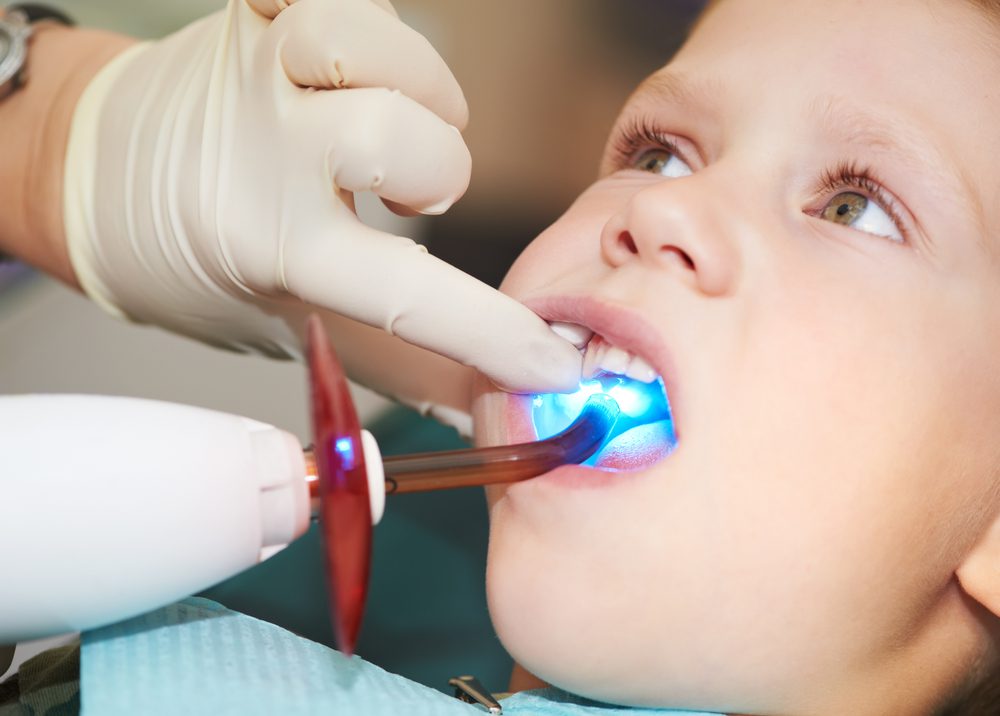Dental cavities are common in children, both in primary and permanent teeth. When a cavity forms, a dental filling is needed to restore the affected tooth and prevent the decay from spreading. There are two types of fillings that are commonly used: amalgam and composite fillings. Amalgam fillings are made from a mixture, or amalgamation, of metals, while composite fillings are made from a mixture of glass and plastic that matches the surrounding tooth structure.
Did You Know?
According to the Centers for Disease Control and Prevention, tooth decay is the most common chronic condition of childhood. Currently, it is estimated that 1 in 5 children between the ages of 5-11 have at least one untreated decayed tooth.
Frequently Asked Questions:
Does my child need a dental filling?
Your child will need to have a dental filling placed if they have a small to medium cavity. While some cavities can only be detected through a dental examination and/or dental x-rays, some signs your child may have a cavity include tooth pain or sensitivity to hot and cold temperatures. To determine if your child has a cavity in need of a filling, schedule an appointment with Carr Pediatric Dentistry today.
What should my child expect when having a filling placed at Carr Pediatric Dentistry?
At Carr Pediatric Dentistry, we do everything that we can to ensure your child has a positive dental experience. When it comes to filling cavities, we use dental anesthetics to numb the treatment area, as well as the option of dental sedation to calm any anxiety. Once your child is ready, we will begin the procedure by removing the decayed tissue. Then the cavity will be filled with the designated filling material and hardened in place.
How will I need to care for my child and their filling after the procedure?
After having a filling placed, your child can return to their normal diet and activities. However, It may take them time to “bounce back” depending on the level of sedation used. To care for your child’s filling, make sure they are brushing their teeth twice a day with fluoride toothpaste and flossing daily. During their regular dental exams, we will continue to monitor their filling for any signs of damage.

